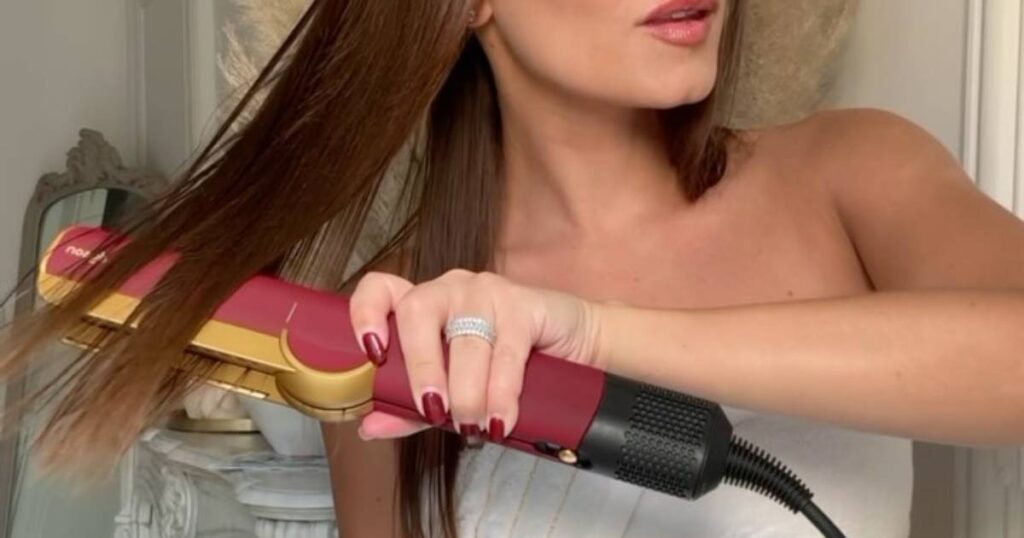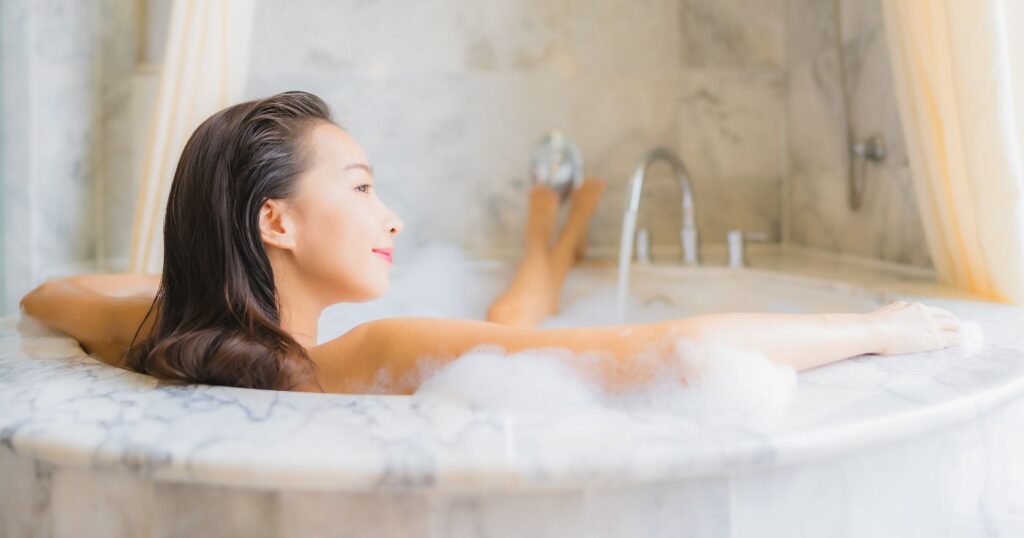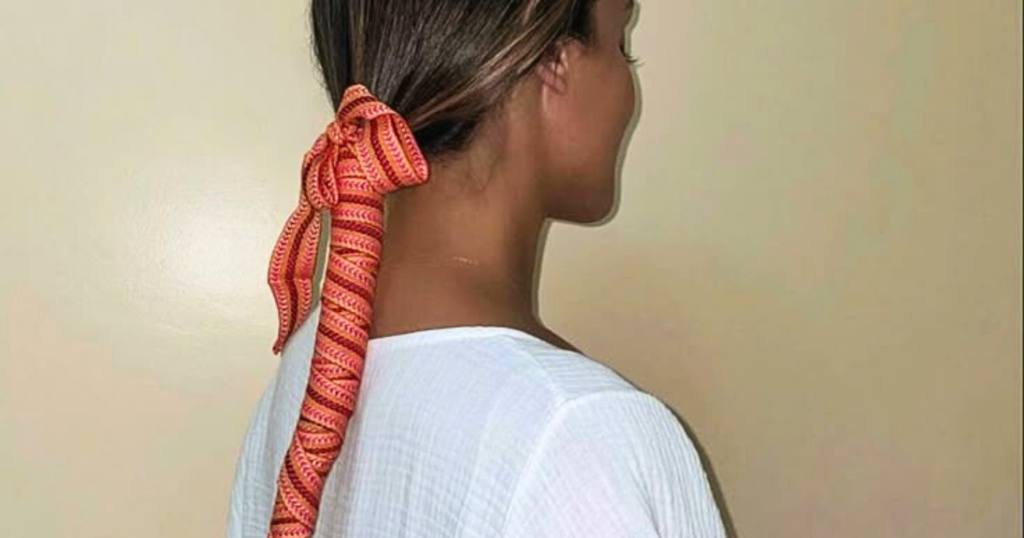Often seen as merely a natural dye, henna is in fact a powerful hair treatment with unexpected benefits. Repairing, fortifying, and protective, it revitalizes tired, damaged, and brittle hair. But how can you use it effectively without risking dryness? Dive into the secrets of henna for a vibrant and healthy mane.
Damaged, dry, brittle… Our hair faces daily aggressions that weaken it. Between chemical dyes, heat from styling tools, and pollution, their condition deteriorates often faster than we think. What if the solution lies in a natural ingredient with multiple virtues? Henna, much more than just a dye, is a true reparative treatment for fatigued hair.
Henna, An Ancestral Remedy for Damaged Hair
For centuries, henna has been used in many cultures for its hair benefits. Originating from the Middle East and India, it is extracted from the leaves of Lawsonia inermis, a shrub rich in tannins and lawsone, a natural pigment with protective properties.
Unlike chemical hair dyes that weaken the hair fiber, henna forms a protective sheath around the hair. This natural film preserves moisture and strengthens the structure of damaged hair. It acts as a hair sealant, smoothing the cuticle and thereby limiting exposure to external aggressors.
Moreover, its antifungal and antibacterial properties make it an excellent treatment for dandruff and scalp imbalances. It is especially favored by those seeking a natural alternative to revive their hair while treating it.
How to Use Henna to Repair Hair?
Applying henna as a hair treatment requires some precautions. If used incorrectly, it can dry out the lengths, especially if the hair is already sensitized. Here are the essential steps to fully enjoy its benefits:
- Choose the Right Type of Henna: Neutral henna (Cassia obovata) is ideal for a treatment without coloring. For a nourishing and strengthening effect, natural henna is perfect, but it gives hair copper-toned highlights.
- Prepare a Moisturizing Mixture: To prevent dryness, mix henna with nourishing ingredients like yogurt, honey, aloe vera, or vegetable oils (argan, coconut, castor).
- Leave on for the Right Amount of Time: A henna treatment should be applied for 30 minutes to 2 hours, depending on the desired effect.
- Rinse Thoroughly: Unlike regular shampoos, it’s best to rinse with clear water, then follow up with a light conditioner to remove residues.
With regular application (once a month), henna strengthens the hair, protects it from aggressions, and promotes healthy and vigorous growth.
The Benefits of Henna on Hair Fiber
Used as a deep treatment, henna affects several essential aspects of hair health:
- Repair and Protection: It strengthens the hair structure and prevents breakage.
- Thickening of Hair Fiber: It adds volume and density to fine and tired hair.
- Scalp Regulation: Its antifungal properties help combat excess oil and dandruff.
- Adding Shine: By coating the hair fiber, it provides a luminous and natural effect.
Henna is thus much more than just a dye. It offers a 100% natural and effective alternative for deeply repairing hair without harsh chemicals.
Photo credit: @shutterstock




